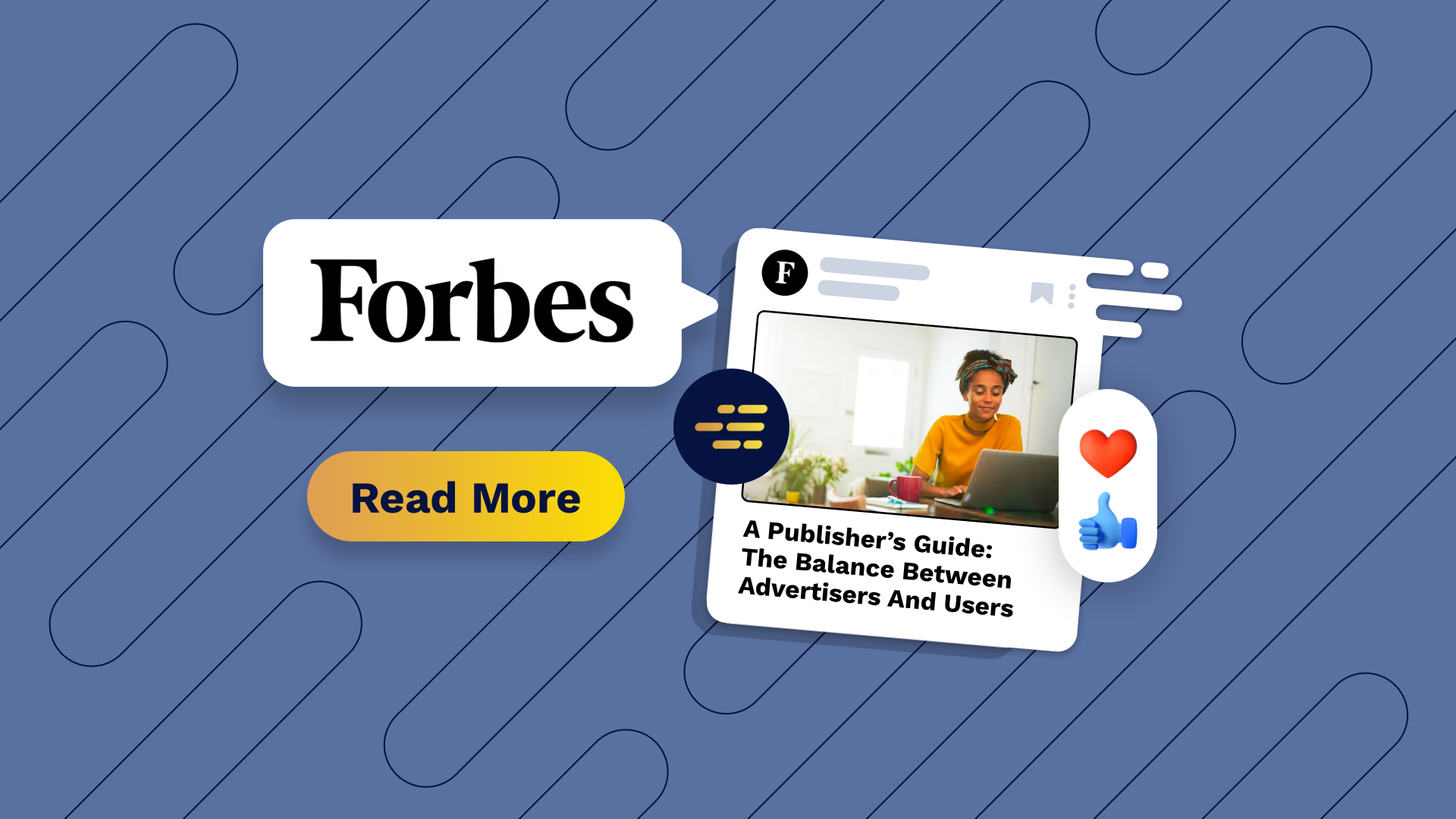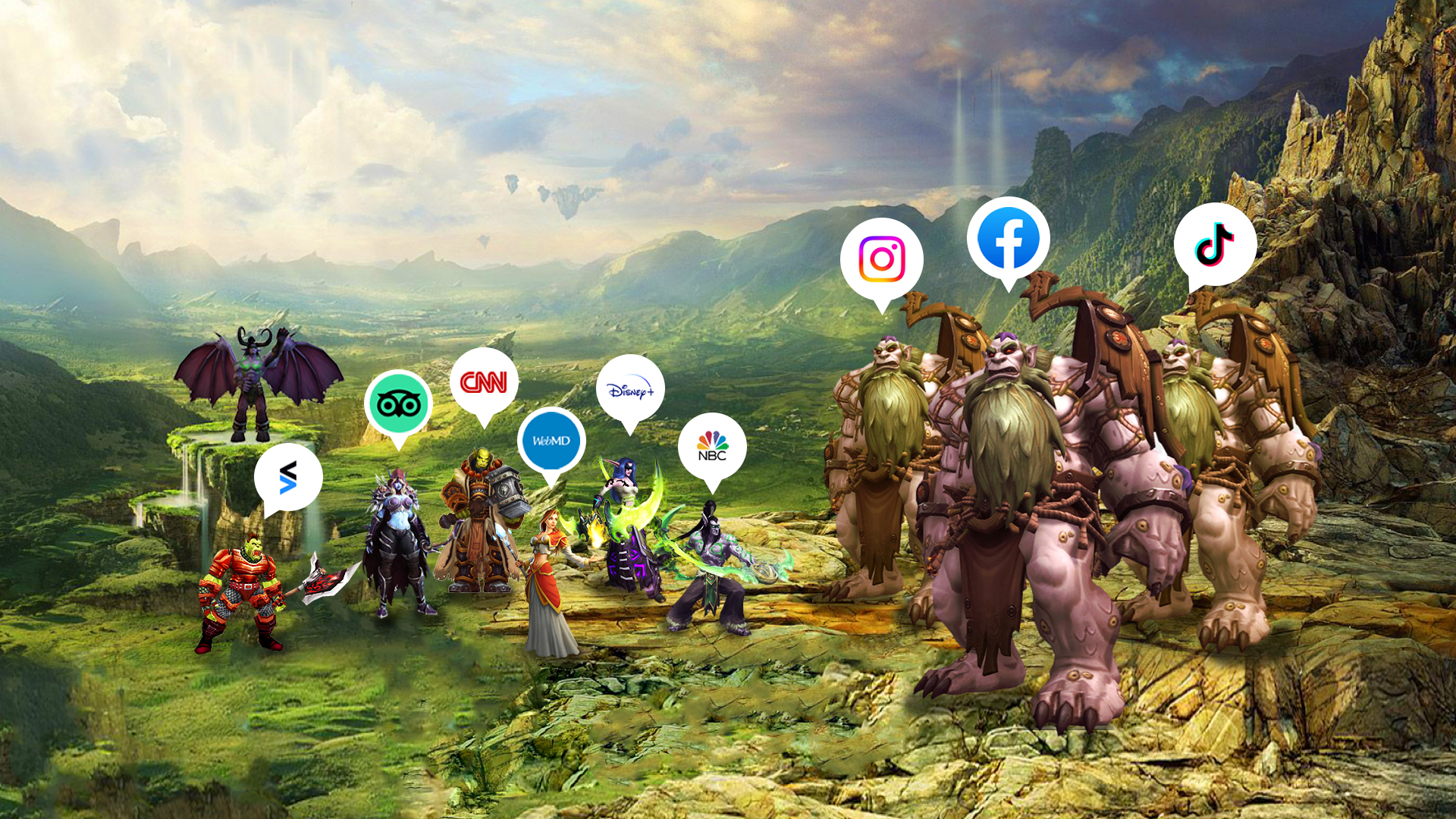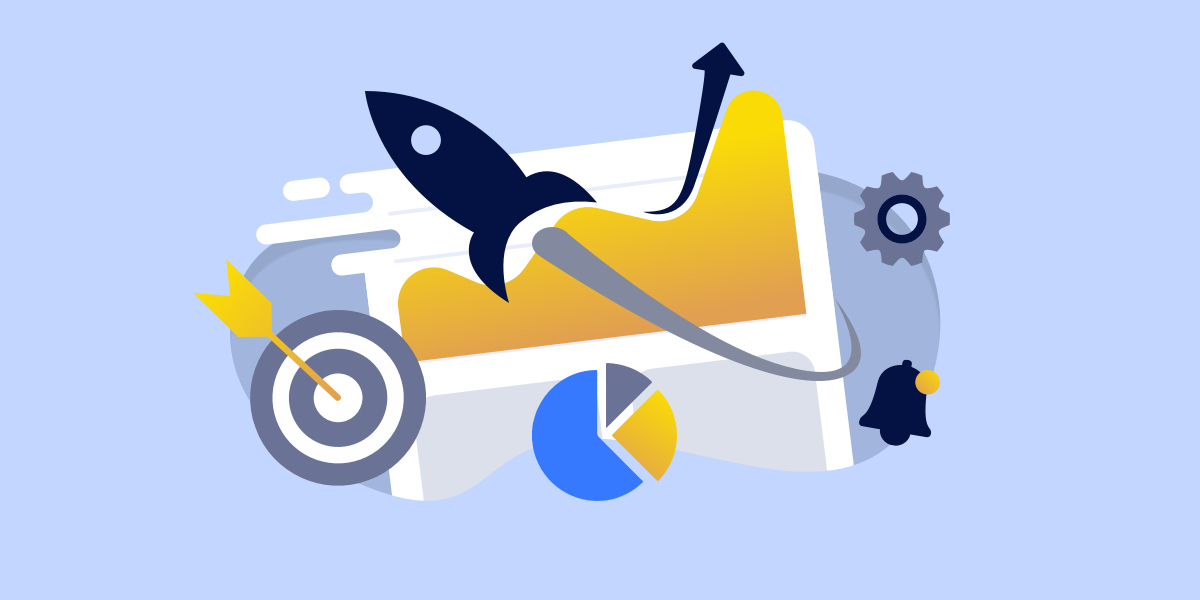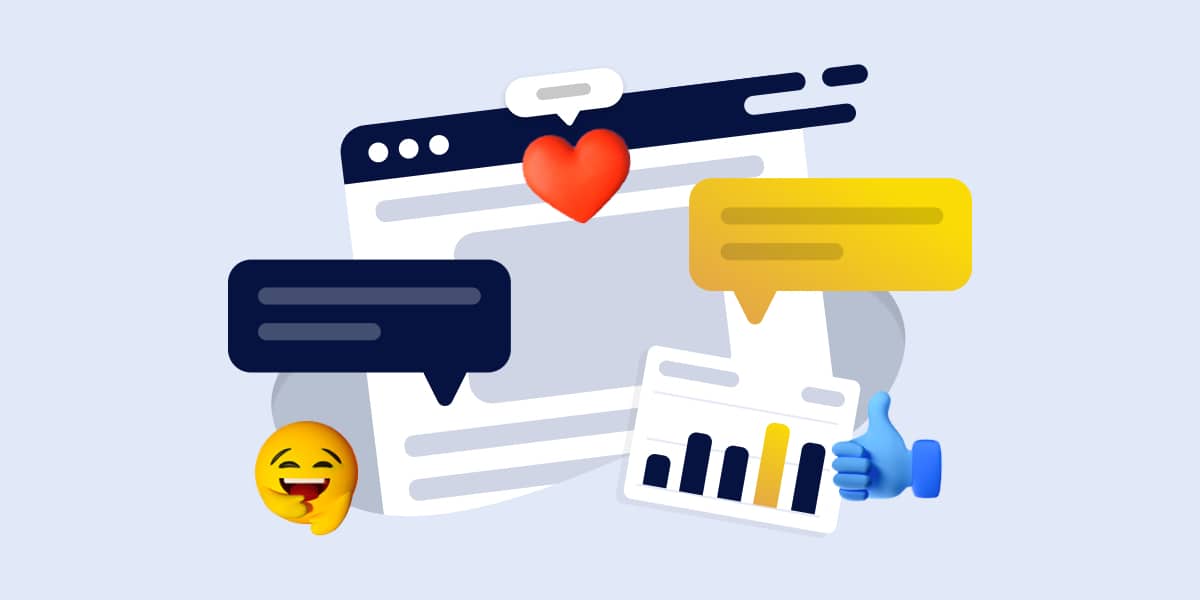Demand Side Platform vs Supply Side Platform: What’s the Difference?
December 2022

What’s the difference between an SSP and a DSP and how do they work? As advertising methods, techniques, and technology continue to advance, it is increasingly imperative that publishers take advantage of the unique types of programmatic advertising available to them. The process of buying, selling, and auctioning different types of ads – such as display and mobile ads, for example – can be made easy with the use of demand-side and supply-side platforms. They are seemingly interchangeable from an outside perspective, but understanding the key differences between a demand side platform vs supply side platform is imperative to maximizing your website’s monetization potential.
Insticator’s Supply Side Platform is designed to drive higher bids for your website by utilizing private first-party data collected through our personalized engagement products. This makes it easier to leverage the highest bids from advertisers and demand-side platforms by offering a specially-targeted audience to lucrative bidders. Below, we break down the differences between demand side platforms vs supply side platforms and offer clear DSP and SSP examples to help you find the best monetization resources to add to your toolkit.
Demand Side vs Supply Side Platform: DSP and SSP Examples
SSP vs DSP: Demand-Side Platform
Demand-side platforms (DSPs) are built to simplify the process of buying diverse and high-quality ad inventory across a vast number of publishers. DSPs can be scripted to fully automate a number of features, including the entire process of buying and selling ads across partner networks.
Demand-side platform software is capable of managing several different ad exchanges and bids at once, with all of it being filtered through one easy-to-use interface. This makes it easier on the user’s end while offering web publishers more opportunities for financial growth – a fact that is becoming increasingly well-known amongst industry pros and individual publishers alike. Earlier this year, the Digital Journal reported that the demand-side platform market is growing at an incredible rate, with experts measuring a 31.3% Compound Annual Growth Rate (CAGR) in 2022. It’s no wonder that some of the most common ad management platforms aside from Google Ads are typically DSPs.
Popular DSP Examples
Advertisers on the marketing side typically look to demand-side platforms to manage and automate the process of bidding for ads. They will typically use one or more of the following:
- Amazon AAP
- Basis Technologies
- Choozle
- Facebook Ads Manager
- Knorex
While both publishers and advertisers take advantage of DSPs for accessing increasing numbers of inventory at the best prices, the advantages of demand-side platforms are more readily apparent for ad agencies looking to outbid and outsell others. Publishers can still benefit from demand-side platforms as well, especially when they are earning more through a fully managed ad program on a supply-side platform.
Benefits of DSPs
There’s hardly a better way to access the widest range of advertising inventory than through a DSP, and advertisers have started to heavily rely upon their programmable uses to negotiate ad prices and bid on the best deals.
Automating a DSP makes it easy to target a focused group of audience members. In addition to reaching extra demographics, ad agencies and individual advertisers can curate the specifics of their search to ensure they are snagging the best bids. Most credible DSPs also offer an incredible amount of security and protection when it comes to data collection. Users can be wary about sharing their data, so it’s important to ensure that certain demographics are only captured for the sake of curating more personal and creative ads.
DSPs work for everyone, but what is the publisher-facing solution to a demand-side platform? Let’s dive into supply-side platforms and suss out the differences between SSP and DSP when it comes to benefitting individual publishers like you.
SSP vs DSP: Supply-Side Platform
If a demand-side platform offers automated services and programming to the advertiser, then the supply-side platform (SSP) is just the other side of that. These are programs and customizable tools that help publishers effectively manage, buy, sell, and supply the best ads. They can be set up to identify and acquire the best inventory while leveraging bids by multiple advertisers at once. Digital ad publishers are likely to utilize an SSP when they want to set up a more efficient ad auction process. SSP programs can be automated to sell inventory between set price ranges, never surpassing your predetermined minimums or maximums. Unsold inventory can then be advertised to a great number of DSPs at once, ensuring that your business is being done on a continuous loop throughout the world’s best advertiser networks.
If you are a publisher looking to sell ad space and you want to make more effective use of your time buying and selling ads, you can keep up with the most cutting-edge marketing practices with an automated supply-side platform. SSPs make up the most popular method of programmatic advertising, with research showing that 88% of all digital display marketing in 2021 was done using an SSP. There are several big examples of SSPs that you have likely considered for your marketing funnel before.
Popular SSP Examples
Depending on a number of available features, such as data reporting and synchronization, platform costs, UX capabilities, and available ad formats, a supply-side platform might be the perfect solution for publishers looking to keep up with the growing competition in digital programming. Popular examples include:
- Google Ad Exchange (Google ADX)
- Amazon Publisher Services
- FreeWheel
- Index Exchange
- Verizon Media
Our customizable supply-side platform can help even the smallest publishers compete with industry giants by gaining access to the same top-tier ad inventory and bidding parameters.
Benefits of SSPs
Supply-side platforms provide an array of unique factors that serve publishers looking to manage their auctions more effectively. Header bidding, for example, is a unique supply-side process that allows for the (automated) selling of ad space to DSPs through certain ad exchanges. Seamlessly connect advertisers with publishers to find the perfect inventory based on any number of scrutinous criteria.
SSPs are also proven to improve ad latency, increasing the speed of bids and concluding the overall auction process that much faster. Geolocation tools can be used to curate specific ads to customers based on their location, as well as other demographics such as age group and interests.
SSP vs DSP: Which Platform is Right for Me? Let Insticator Guide You!
Hopefully, with the differences of demand side platform vs supply side platform being explained, we were able to help you decide which is best for you. To maximize the advantages you can get out of your digital ad programming, combine the power of DSPs and SSPs to access a competitive new potential. Learning the differences between demand side platform vs supply side platform is important because you don’t have to compete between different advertising platforms when you streamline SSP-to-DSP communication with a full ad management suite at your fingertips. Hopefully the DSP and SSP examples we’ve provided have helped paint a more comprehensive picture of how they work together. Contact us today to learn more about how you can earn more and reach further as an individual publisher.

Written by



